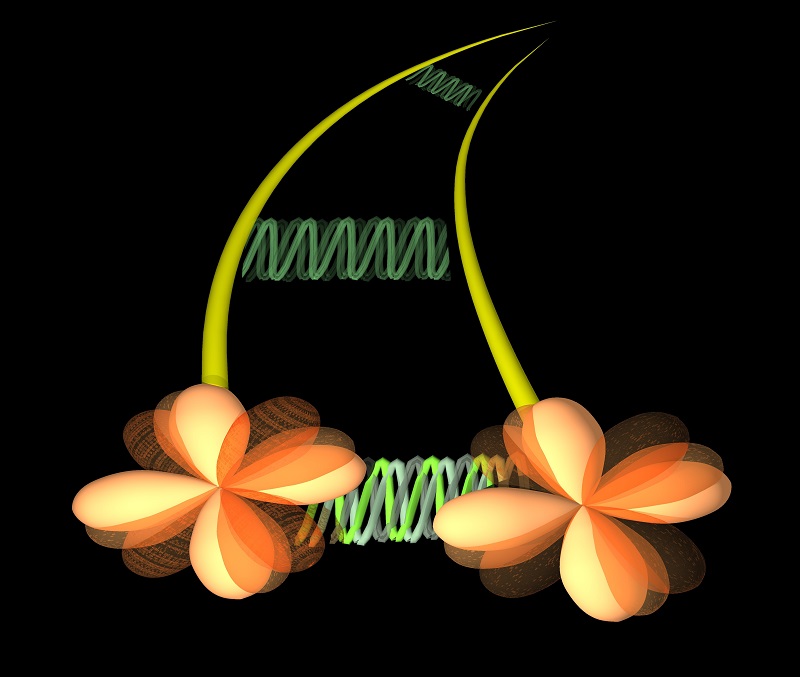Novel superconductivity mediated by quantum orbital fluctuations Pioneering material science by using orbital degree of freedom

Superconductivity is a phenomenon where the electrons in solids form “Cooper pairs” at low temperatures, leading to a zero-resistance state. This has been studied extensively for basic science as well as for industrial applications. In the case of conventional superconductors, lattice vibrations (phonons) provide the “glue” among the electrons to form the Cooper pairs. On the other hand, in the case of magnetic materials such as the cuprate high-temperature superconductors, recent studies have revealed that fluctuations of the microscopic magnets inherent in electrons, namely “spin,” causes the formation of the Cooper pairs.
A group at the Institute for Solid State Physics at the University of Tokyo, including Assistant Professor Yosuke Matsumoto, Mr. Masaki Tsujimoto (Graduate School of Frontier Sciences graduate student) and Professor Satoru Nakatsuji, has discovered a novel heavy fermion superconductivity arising from quantum orbital fluctuations of f-electrons, which is different from the mechanism mentioned above, in the f-electron intermetallics PrV2Al20 (Pr: praseodymium, V: vanadium, Al: aluminium) under ambient pressure. Furthermore, they revealed that the superconductivity emerges from a novel metallic state realized due to the strong fluctuations of the non-magnetic orbital degrees of freedom.
The discovery of the new mechanism for the formation of Cooper pairs may open the new research field of the material science based on orbital degrees of freedom, and may lead to a breakthrough in superconductivity research.
Press release [PDF] (Japanese)
Paper
, "Heavy Fermion Superconductivity in the Quadrupole Ordered State of PrV2Al20", Physical Review Letters Online Edition: 2014/12/23 (Japan time), doi: 10.1103/PhysRevLett.113.267001.
Article link (Publication)
Links
Institute for Solid State Physics
Division of New Materials Science, Institute for Solid State Physics
Nakatsuji Lab, Division of New Materials Science, Institute for Solid State Physics








